Skylar W. Wurster
Regularized Multi-Decoder Ensemble for an Error-Aware Scene Representation Network
Jul 26, 2024



Abstract:Feature grid Scene Representation Networks (SRNs) have been applied to scientific data as compact functional surrogates for analysis and visualization. As SRNs are black-box lossy data representations, assessing the prediction quality is critical for scientific visualization applications to ensure that scientists can trust the information being visualized. Currently, existing architectures do not support inference time reconstruction quality assessment, as coordinate-level errors cannot be evaluated in the absence of ground truth data. We propose a parameter-efficient multi-decoder SRN (MDSRN) ensemble architecture consisting of a shared feature grid with multiple lightweight multi-layer perceptron decoders. MDSRN can generate a set of plausible predictions for a given input coordinate to compute the mean as the prediction of the multi-decoder ensemble and the variance as a confidence score. The coordinate-level variance can be rendered along with the data to inform the reconstruction quality, or be integrated into uncertainty-aware volume visualization algorithms. To prevent the misalignment between the quantified variance and the prediction quality, we propose a novel variance regularization loss for ensemble learning that promotes the Regularized multi-decoder SRN (RMDSRN) to obtain a more reliable variance that correlates closely to the true model error. We comprehensively evaluate the quality of variance quantification and data reconstruction of Monte Carlo Dropout, Mean Field Variational Inference, Deep Ensemble, and Predicting Variance compared to the proposed MDSRN and RMDSRN across diverse scalar field datasets. We demonstrate that RMDSRN attains the most accurate data reconstruction and competitive variance-error correlation among uncertain SRNs under the same neural network parameter budgets.
GNN-Surrogate: A Hierarchical and Adaptive Graph Neural Network for Parameter Space Exploration of Unstructured-Mesh Ocean Simulations
Feb 21, 2022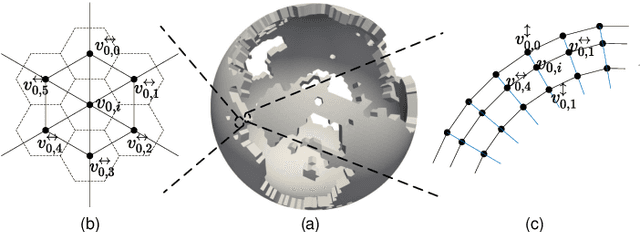

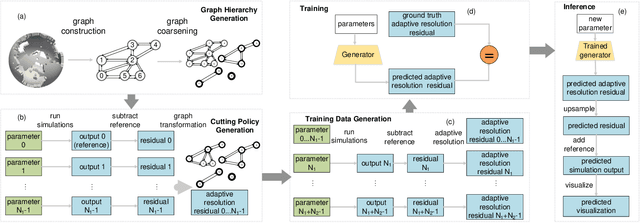

Abstract:We propose GNN-Surrogate, a graph neural network-based surrogate model to explore the parameter space of ocean climate simulations. Parameter space exploration is important for domain scientists to understand the influence of input parameters (e.g., wind stress) on the simulation output (e.g., temperature). The exploration requires scientists to exhaust the complicated parameter space by running a batch of computationally expensive simulations. Our approach improves the efficiency of parameter space exploration with a surrogate model that predicts the simulation outputs accurately and efficiently. Specifically, GNN-Surrogate predicts the output field with given simulation parameters so scientists can explore the simulation parameter space with visualizations from user-specified visual mappings. Moreover, our graph-based techniques are designed for unstructured meshes, making the exploration of simulation outputs on irregular grids efficient. For efficient training, we generate hierarchical graphs and use adaptive resolutions. We give quantitative and qualitative evaluations on the MPAS-Ocean simulation to demonstrate the effectiveness and efficiency of GNN-Surrogate. Source code is publicly available at https://github.com/trainsn/GNN-Surrogate.
Human Gist Processing Augments Deep Learning Breast Cancer Risk Assessment
Nov 28, 2019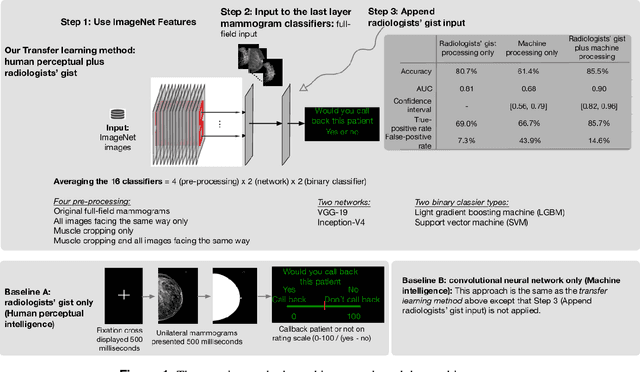
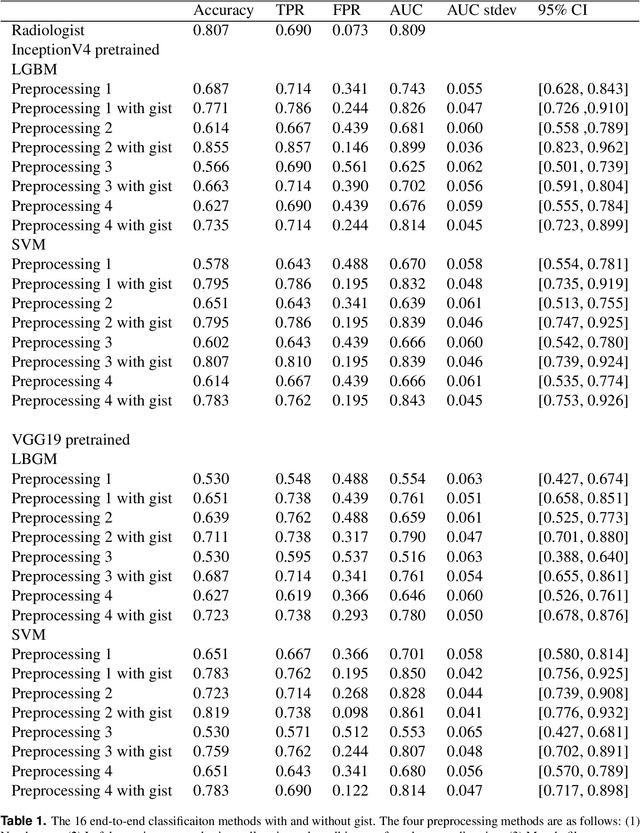
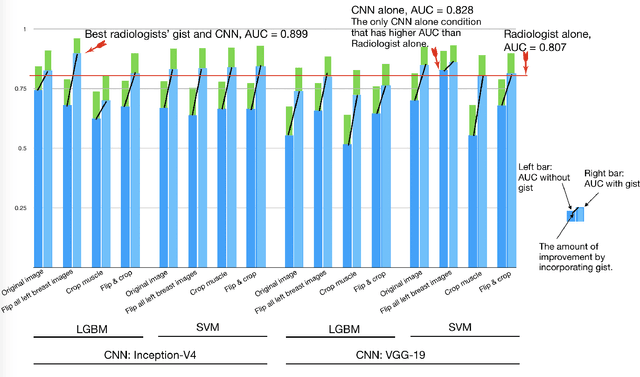
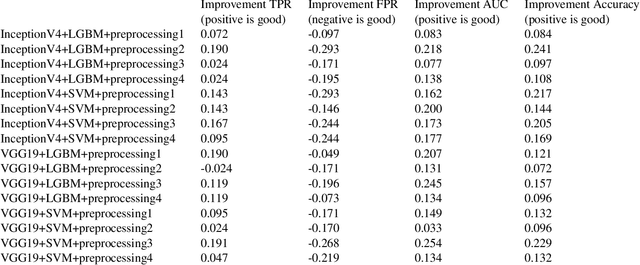
Abstract:Radiologists can classify a mammogram as normal or abnormal at better than chance levels after less than a second's exposure to the images. In this work, we combine these radiologists' gist inputs into pre-trained machine learning models to validate that integrating gist with a CNN model can achieve an AUC (area under the curve) statistically significantly higher than either the gist perception of radiologists or the model without gist input.
 Add to Chrome
Add to Chrome Add to Firefox
Add to Firefox Add to Edge
Add to Edge